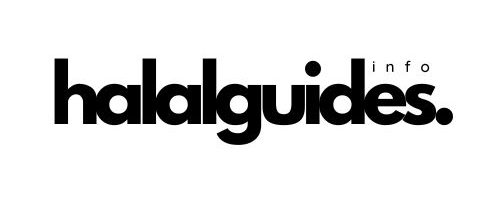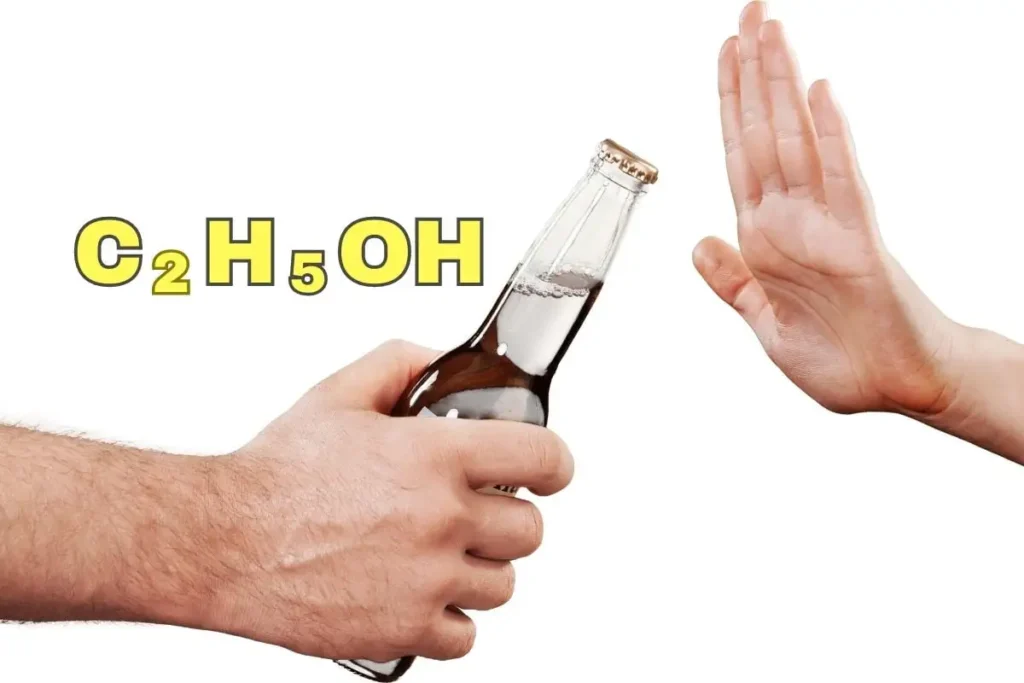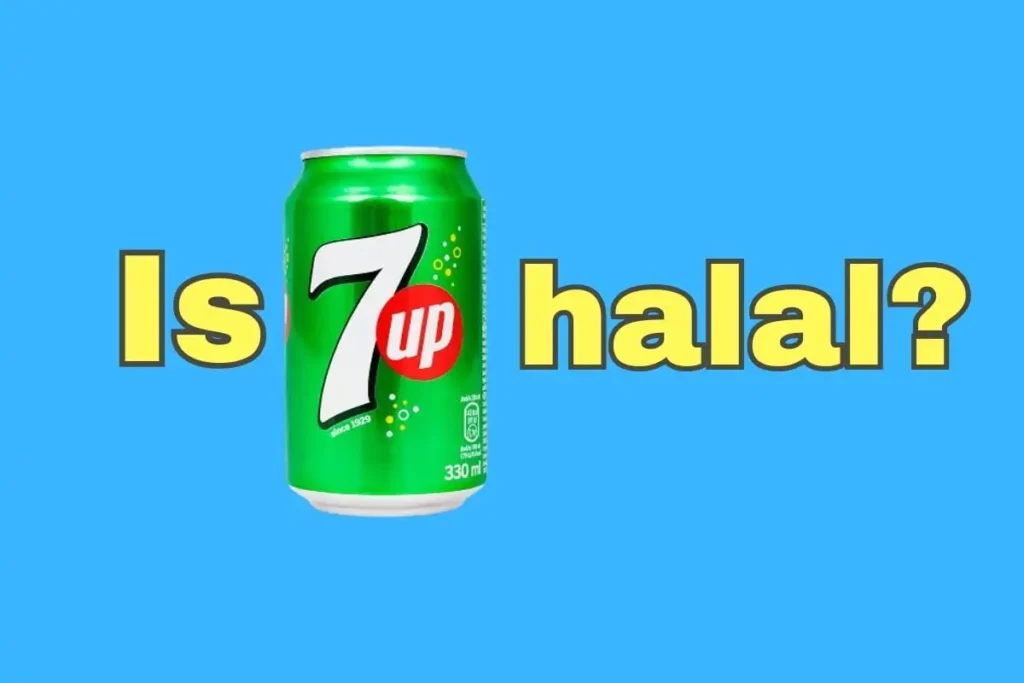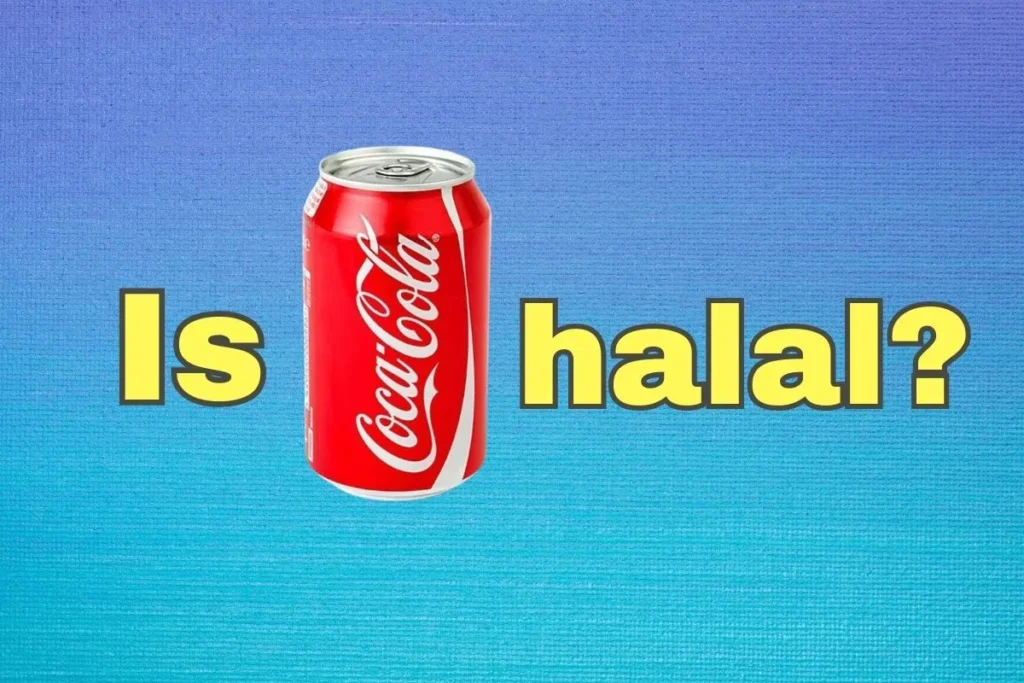Greetings, curious minds! If the term “E311” has ever piqued your interest, especially concerning its halal status, you’ve landed on the right page.
Together, we’ll unravel the intricacies of E311 and shed light on its many facets. Let’s embark on this enlightening journey!
Key Takeaways
| 📌 E311, Octyl Gallate: This is a food additive that helps keep oils, fats, and various products fresh. It’s chemically made from 1-octanol and gallic acid and is recognized as E311. |
| 📌 Potential Side Effects: While generally safe, some studies suggest possible effects on hormones. It’s essential to consider dosage and context. |
| 📌 Halal Status: E311 can be considered halal if sourced from halal materials, mainly from gallic acid in nuts and tannase hydrolysis in spent mushroom broth. It doesn’t come from forbidden animals. |
What is E311?
E311, commonly known as Octyl Gallate, is the ester of 1-octanol and gallic acid. This compound has been recognized as a food additive under the E number E311, serving as both an antioxidant and preservative.
Its primary role in foods and various products is to prevent oxidation, ensuring freshness and longevity.
Chemical Structure

Octyl Gallate (E311) is chemically represented as Octyl 3,4,5-trihydroxybenzoate. It has a chemical formula of C15H22O5 and is typically seen as a white solid. Its molecular weight is 282.336 g·mol−1.
What Is E311 Made From?
E311 or Octyl Gallate is synthesized from 1-octanol and gallic acid. It’s an antioxidant, meaning it combats oxidation by substances like hydrogen peroxide and oxygen free radicals.
This unique property makes Octyl Gallate a preferred choice in preserving the freshness of oils, fats, and various other products. Its appearance as a white powder with a characteristic odor further adds to its versatility.
Interestingly, Octyl Gallate’s solubility in lard stands at 1.1%, and it tends to darken when exposed to iron. This compound finds its application in a plethora of products, ranging from pharmaceuticals and cosmetics to foods.
It’s commonly found in items like soaps, shampoos, skin lotions, deodorants, margarine, and even peanut butter. Moreover, it acts synergistically with other antioxidants like butylated hydroxytoluene (BHT) and butylated hydroxyanisole (BHA) to enhance their effectiveness.
Possible Side Effects
While E311 is generally considered safe, some studies have indicated potential side effects. For instance, a 2009 study found that propyl gallate acts as an estrogen antagonist. However, it’s essential to consider the dosage and context when evaluating these findings.
Regulations and Guidelines
Octyl gallate is authorized as a food additive in the European Union (EU) in accordance with Annex II and Annex III to Regulation (EC) No 1333/2008.
The EFSA has called for scientific and technical data on the permitted food additives propyl gallate (E310), octyl gallate (E311), and dodecyl gallate (E312) to address various issues identified in the re-evaluation of their safety as food additives
Dosage and Administration
There is no specific information available on the dosage and administration of octyl gallate (E311) in food. However, The maximum level of propyl gallate (E310) authorized for use in food as an antioxidant is 400 mg/kg.
Is E311 Halal or Haram?
The halal status of E311 depends on its source and the production process. If derived from halal sources, it can be considered halal. E311 is predominantly sourced from gallic acid found in the tannins of nuts and can also result from tannase hydrolysis, which may occur in spent mushroom broth.
Similar to E310, E311 is considered halal since it is not derived from haram animals or animals that have not been slaughtered in accordance with Sharia principles.
Find out more:
Is E312 Halal or Haram?
Conclusion
In the realm of food additives, E311, or Octyl Gallate, emerges as a vigilant protector, guarding our edibles from the clutches of oxidation. As we conclude our journey through its intricacies, we find that E311’s role in maintaining freshness is undeniable.
This compound, derived from the fusion of 1-octanol and gallic acid, serves as both an antioxidant and preservative, preserving the quality of oils, fats, and various products. While studies hint at potential effects, it’s crucial to consider dosages and context.
In the realm of halal considerations, E311’s status aligns with halal principles, as it steers clear of prohibited sources. Its roots in gallic acid from nut tannins and the possibility of its production in spent mushroom broth render it halal.
So, the next time E311 graces your food label, appreciate its role as the guardian of your food’s freshness, working diligently to ensure each bite is as delightful as the first.
Allahu A’lam (Allah Knows Best)
FAQ
What is the source of E311?
E311 is derived from gallic acid and propanol.
Is E311 safe for consumption?
Yes, E311 is generally considered safe for consumption. However, always adhere to recommended dosages and guidelines.
What are some common food products that contain E311?
E311 is commonly found in foods containing oils and fats to prevent oxidation.
What is the CAS number of E311?
The CAS number of E311 is 1034-01-1.
Is E311 banned in any country?
The use of octyl gallate as a food additive has been banned in the European Union due to insufficient toxicological research. Different countries have varying regulations regarding E311. It’s essential to refer to local guidelines and regulations for specific details.
- Is Pop Tarts Halal? What You Need to Know - February 18, 2024
- Are Graham Crackers Halal in Islam? - January 19, 2024
- Is Keebler Wheatables Halal? - January 18, 2024





